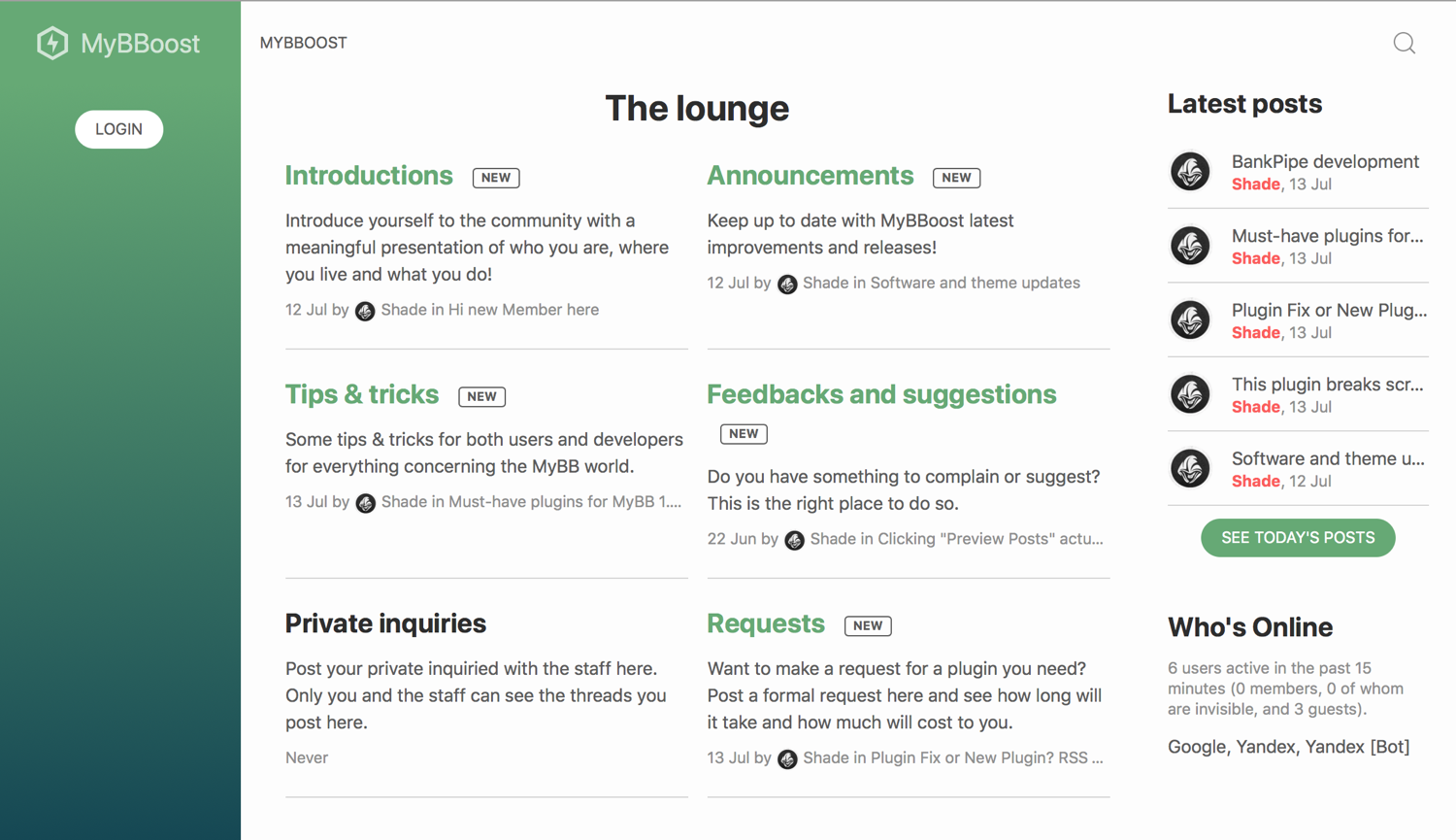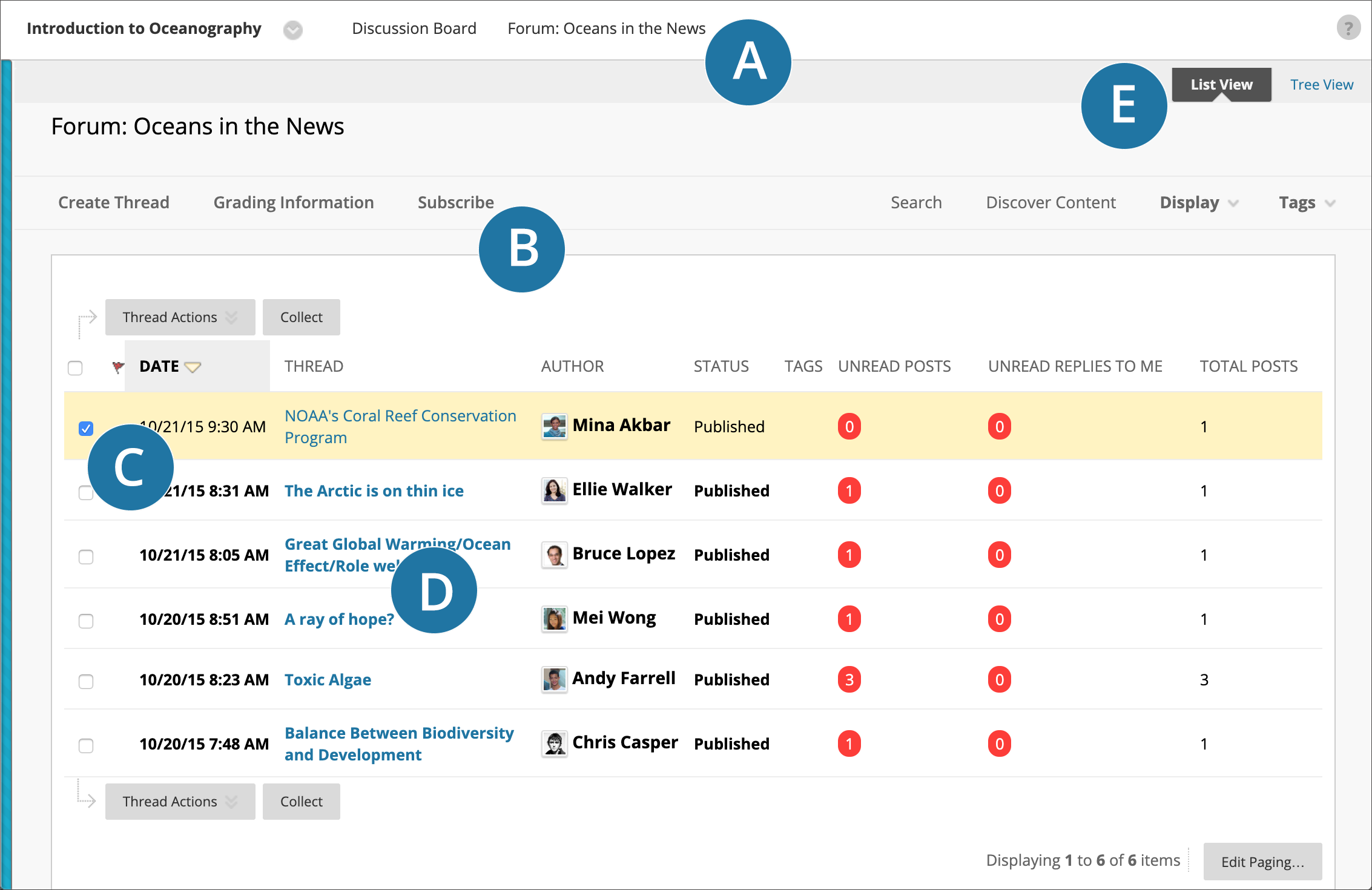

Students then respond to the topic by recording their thoughts in short video clips. This online discussion tool allows a teacher to post a topic for discussion (could be student-generated) to a discussion “grid” which is simply an online space for collaborative thought.Then, students use this as a springboard for further discussion in partners, small group, and even whole class. I used to (and still sometimes do) get a large sheet of paper, cover the entire board with it, and have students fill the paper with words, images, quotes, questions, and connections. It is the digital equivalent of my “ graffiti wall” activity.


You create the content and intersperse multiple choice and open-ended questions, as well as “draw it” opportunities and other bells and whistles and students join the presentation. There are a lot of great features offered by Nearpod, which is basically like a PowerPoint…except interactive.train of thought random comments, there cannot be a ton of comments clogging the feed. If using this, I would suggest keeping the discussion groups small (create multiple channels) – for it to be a true “discussion” vs. Benefits of this format include engaging all students, particularly introverted students who don’t like to be in the spotlight.I’ve also used this as a way to quickly gather opinions or questions from students, as a ticket-out-the-door, and as a way for audience members to ask questions during a presentation or debate. I’ve used this during “fishbowl” discussions as a way for audience members to actively participate in the discussion, sharing their own ideas and questions based on what is said in the fishbowl. Opening a “back channel,” which is basically an online chat room moderated by the teacher, allows for another discussion stream in the room.Today’s Meet (free), Backchannel Chat (paid) Stop, have students vote, and use the results to inspire continued dialogue.Ģ. You can use this in the middle of a discussion, too! If a student asks a question that is truly worthy of a “stop and consider” moment, or if you notice the discussion getting stale, you can “spark” a new discussion by quickly posting that student’s question or asking one of your own.This is where I began dabbling in technology-aided discussion. It is easy to create and share a quick poll with your students to frame a discussion or as a ticket in (or out) the door.Remember, the goals for online discussion are still the same:īut online discussion tools make it so much easier to engage students in consistent, varied discussion both in and out of the classroom. Let’s talk about ways to use online discussion tools to facilitate student discussion. Then, all of this new technology started to emerge, including some of my favorite online discussion tools and I was like where have you been all my life, you game-changer, you! Best Online Discussion Tools Sure, I found ways to make student discussion work better over the years, but there was nothing life-changing. Classroom discussion took place during class, and that was that. We scheduled time in the LRC computer labs, but this was not guaranteed. When I first started teaching, we had one computer in each office and each classroom, and I remember waiting in line to use it.


 0 kommentar(er)
0 kommentar(er)
